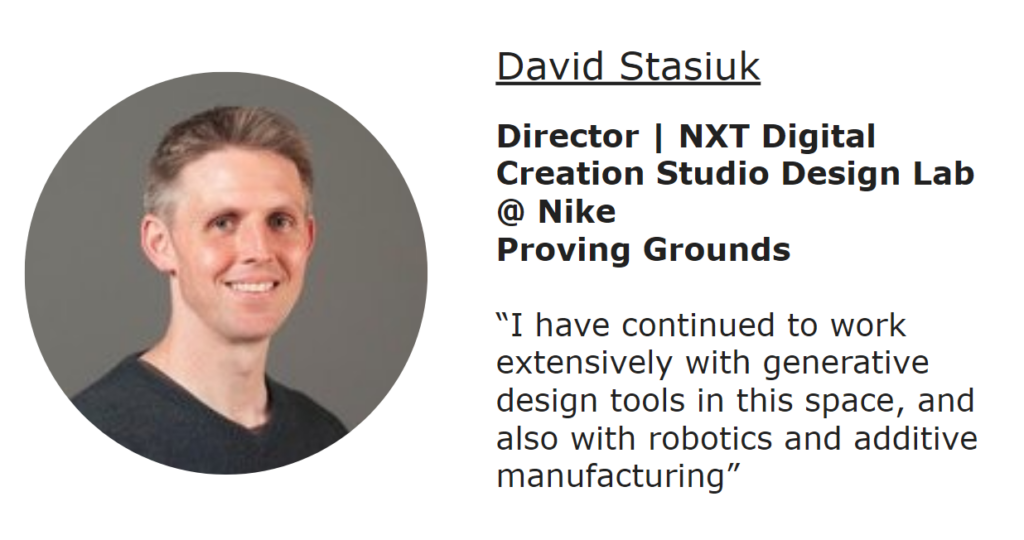The Tools
In the world of Architecture, Engineering, and Construction (AEC), designers have access to a plethora of tools, ideologies, and software to make their visions a reality. Within this vast space of options for designers to choose from, there are more specifically, tools that deal with Generative Design and Building Information Modeling (BIM).

Software like Grasshopper3D, Dynamo, and Hypar are often associated with (and used for) Generative Design because they allow for vast freedom in terms of input and output options. On the other hand, tools like Revit and ArchiCAD are often more closely in line with BIM, as they follow industry standards and offer streamlined capabilities in terms of applying architectural families and materials and producing necessary documentation.
The Issue

Typically, these tools are often approached not only separately, but through tools that are often complicated to learn. Many possess a steep learning curve that begins with obscure data structures and advanced User Interface (UI). In addition, once designers have taken the time to master their chosen tool to achieve a goal, there is still the need to convert or transfer to another with the same learning curve. While the capability to achieve this transfer is perfectly possible, the path to do so is often very project specific and contains its own set of prerequisites. In other words, designers are left on their own to figure out best practices specific to their needs and the parameters of their project.
The Hypothesis

These problems of complicated programming languages, complicated UI, and disconnect between GD and BIM tools are negatively impacting the potential of designers within AEC fields. The streamlined integration of BIM & GD tools will not only benefit designers in terms of the way they can iterate & share complex models, but save time for client’s projects as well.
The Research Goals

In order to make this idea of streamlined integration between BIM & GD a reality, several goals need to be met. First, researchers must understand the current state of these tools, both separate and combined in practice. Next, what makes current tools difficult to learn and where to make improvements to UI. Finally, identifying opportunities for simple advancements and shifts in practice along the road ahead.
The Experts

David Stasiuk, the Director of Digital Product Creation for Nike, was kind enough to share his thoughts to help reach some of the research goals. David has spent time at the Proving Ground architectural consulting firm, where he developed stand alone processes to help clients achieve their visions through Rhino & Revit as well as Grasshopper3D plug-ins to support complex design needs around Generative Design and BIM in the AEC industry. His experience in the field and putting these tools to practice helped lend a valuable perspective on the topic of Generative Design and BIM integration.
Initially, David expressed his (common) experience of finding a major disconnect between design software. Specifically, finding that often, designers would be creating very complex and detailed models in Rhino / Grasshopper3D, but then coming across the issue of not being able to successfully transfer those designs into Revit to generate the necessary documentation for the project. This gap between software often led David to create these previously mentioned stand alone systems and/or plug ins to bridge the gap.
In terms of thinking about where GD & BIM are headed, David shared both his excitement and concern about how Artificial Intelligence (AI), will shape the future of these practices. It is important that not only AI and Machine learning will continue to shape how designers are thinking, but also the space where AI is searching and pulling from to provide useful Object Creation, rather than text-to-image creation that is the current status quo.

In contrast to David, Rob Woodbury comes from a researcher and teacher side of the discussion. Before his recent retirement, Rob spent many years on the forefront of GD ideas and practices, but more specifically, how they are interacted with by humans. His time in academia around this topics offers a different, but still very valuable perspective in terms of the presented research goals.
When sharing his thoughts on the topics, Rob primarily focused on his concern regarding a growing divide between the research / academia around GD, and the actual practice in the field. Rob felt that due to the inertia of the industry, newer software like Grasshopper acts as a disruptive technology. Now, this does not mean Grasshopper is disruptive in a negative way, but perhaps not as beneficial as it could be if catching up to research before launching into practice. This is party due to the previously mentioned fault of complicated UI that often takes designers too long to learn.
The Road Ahead

In order to continue striving toward these research goals and the successful integration between GD and BIM tools, there are three main categories in which innovators like Rob and David should continue exploring. First, designers need to be using AI and Machine Learning in appropriate ways; this means using the right set of inputs in order to produce the correct outputs, instead of letting AI simply make a copied collage of previous work. Next, how to make improvements to software UI to lessen the learning curves they come with. Things like streamlined data flows will be a key to this. Finally, identifies opportunities where software can quickly and correctly catch up to research, before being thrown into market.


